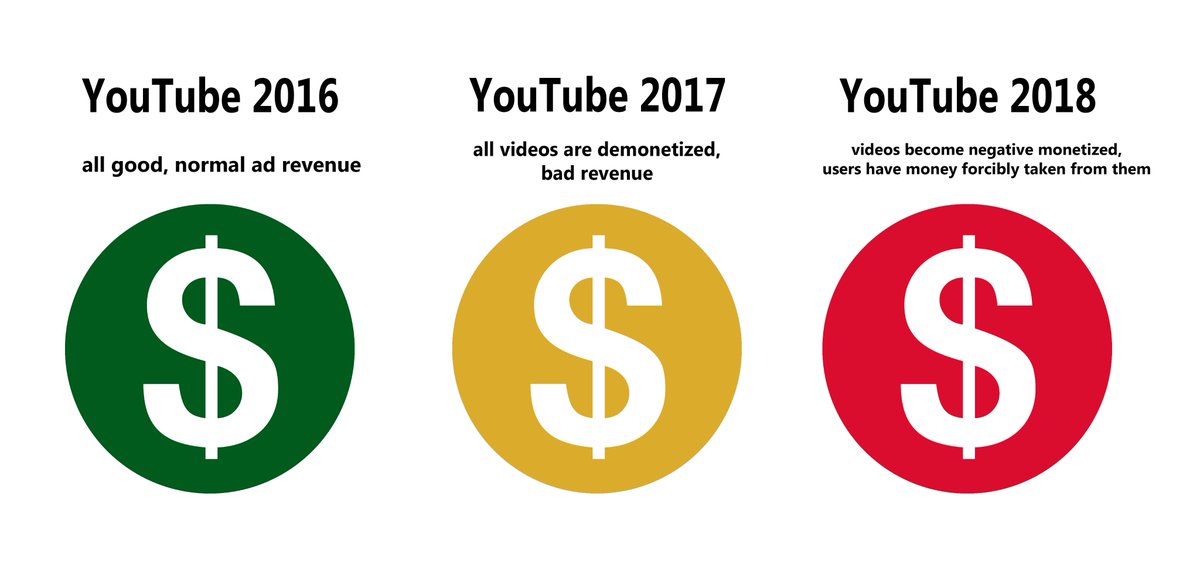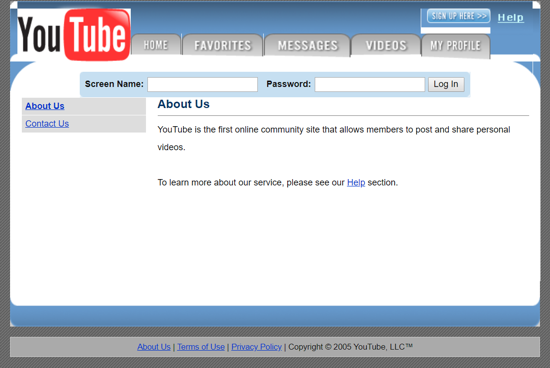Benny Wong May 11th, 2020
YouTube is a video sharing service that allows creators to post and view other peoples’ content. Over the years YouTube has had more advertisers and sponsors on the platform collaborating with creators. This has made it possible for creators to make a living off of ad revenue on their videos under YouTube’s monetization process. It was bought by Google and ever since it has become a giant among other social medias, even competing with mainstream television. Access to videos is free, although there is a premium version where you pay a monthly fee for ad-free videos. YouTube’s demographics are diverse, ranging from kids to adults. Their strongest audience are people from the ages of 15-25, with 81% of people in that age range in the U.S using the platform. The interests and hobbies of their audience are very diverse, and so are the many types of videos on YouTube, from commentary, gaming, to lifestyle videos. There is always a video genre for someone out there.

YouTube has a certain way of differentiating its brand and therefore positioning themselves for success. Vimeo – another video sharing site, is nowhere as known and influential as YouTube. This is due to YouTube’s association with google. When people don’t understand a certain topic, they might say “google it”. It has been ingrained in our culture to “google” things, and in a way YouTube has been an extension of that idea. People can look up tutorials on YouTube, and learn almost anything. Brand-wise, YouTube from the beginning was all about the creators. As it has become partnered with sponsors and grown over time, YouTube has become more like corporate media. They have focused on being ad-friendly and have increased restrictions on some content. This has caused a battle between creators and YouTube, especially since YouTube saw a large number of advertisers withdraw from the site, causing creators to receive no ad revenue.

YouTube’s funnel marketing is an essential part of growing its business. Awareness was made when people started making content on the site, and would share links to other people across other social media platforms. Interests would accrue when browsers of the site found content aligned with their interests, and would continue to use the site. Evaluation/intent occurred when users noticed communities forming around certain interests and creators, thus creating herd mentality. One hypothetical example would be someone on Facebook clicking on a link for YouTube. They find the video to be interesting, so they subscribe to the creator who made the video, who happened to have many subscribers- followers who get alerted of new videos. Conversion is when viewers are hooked in, and choose to rely mainly on YouTube for content consumption. This is why many people choose YouTube and other social media over TV. They feel that YouTube is a better investment of their time, because they can choose what they want to watch, and they don’t have to pay a price. Loyalty occurs, due to the fact that people don’t have to be reminded to consume but genuinely like the service. They might regularly open YouTube on their phone and consume content. They might see YouTube as a corroboration of everything interesting from the media, the world and all the unique people in it. Advocacy is when people like to talk about YouTube to their friends, often by sharing links and creating content.

One trend that YouTube should embrace is influencer marketing. Many creators now a days are being bombarded by brands to promote their products. YouTube should directly invest in a number of small and influential creators, which can result in higher engagement and decreased costs. That way YouTube can have key leaders to drive the brand’s message to the larger market. One problem that may arise would be the legalities from this. Many creators could already be signed on with other sponsors or companies, therefore conflicting with YouTube. However, the benefits could be great as YouTube can go back to their roots and help small creators instead of appealing to advertisers. After many advertisers left YouTube, YouTube has never been the same for people looking to make it big on the site. People aren’t allowed to create whatever content they want to anymore. Only content that is ad-friendly, and politically correct can get a revenue stream. This is why YouTube should be more involved in funding creators. YouTube can become that site again where anybody can create content and make a living off of it.

